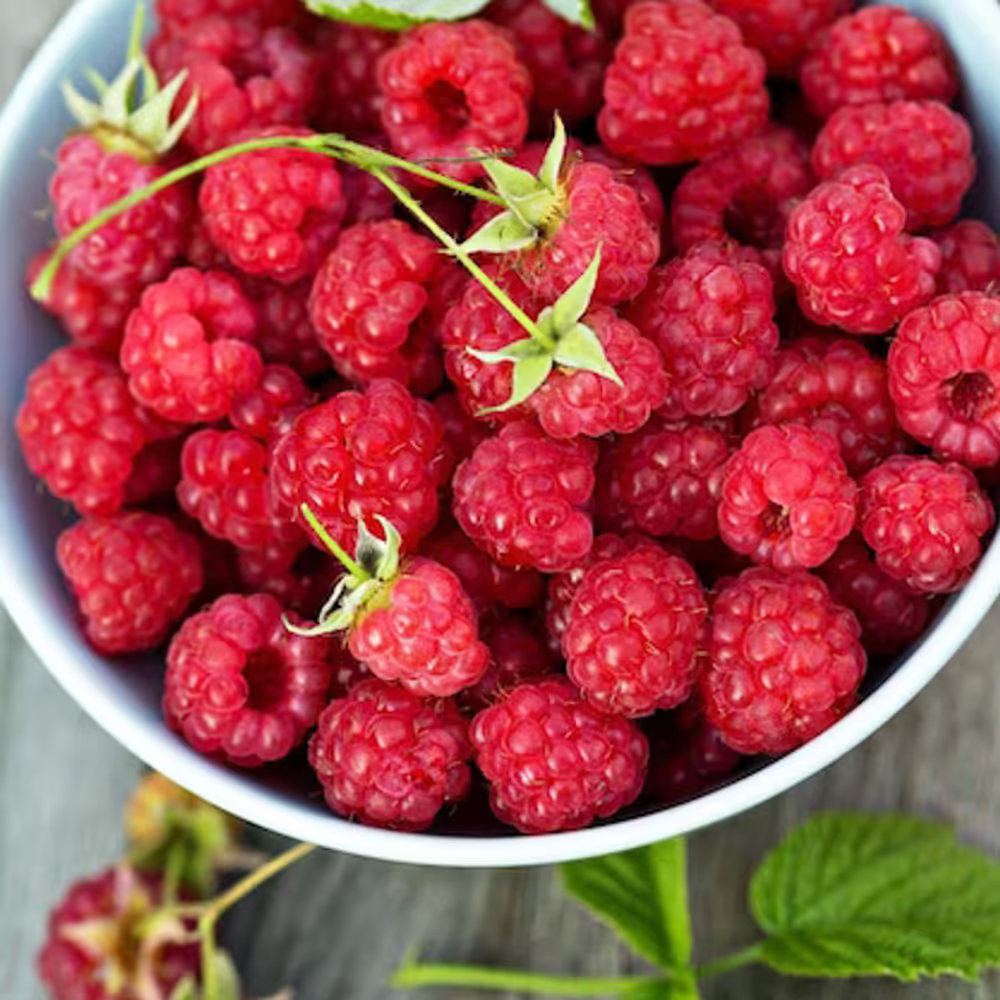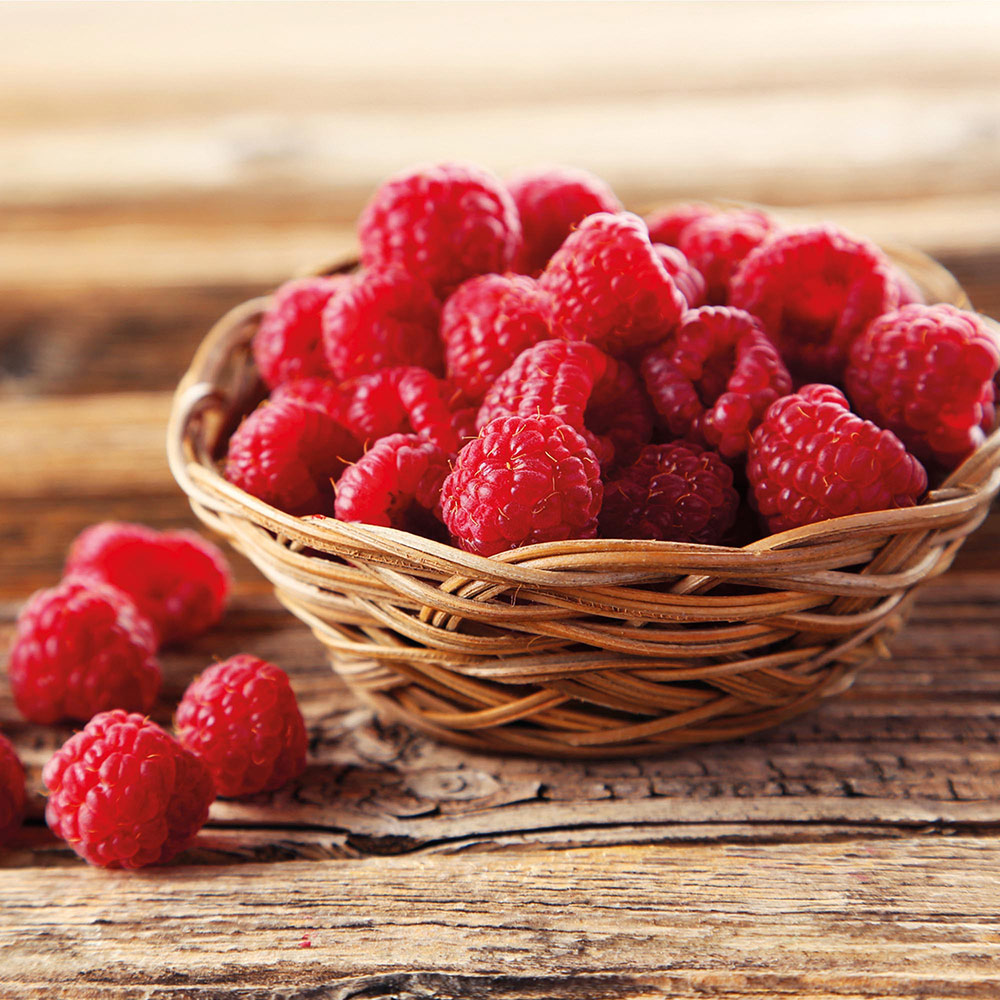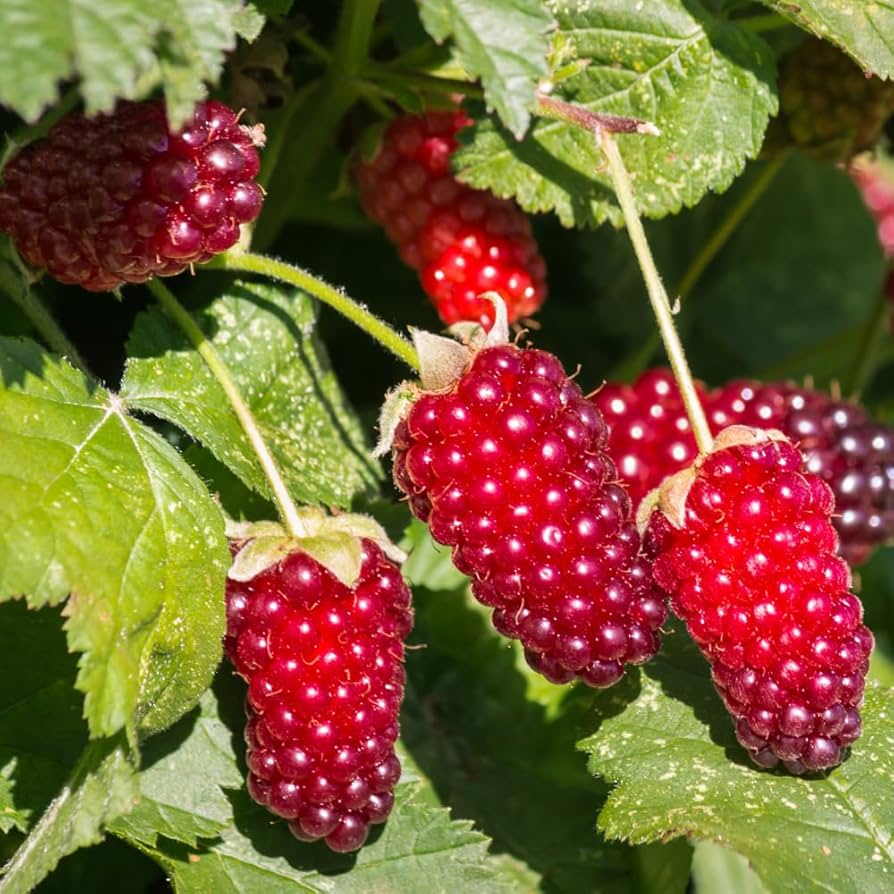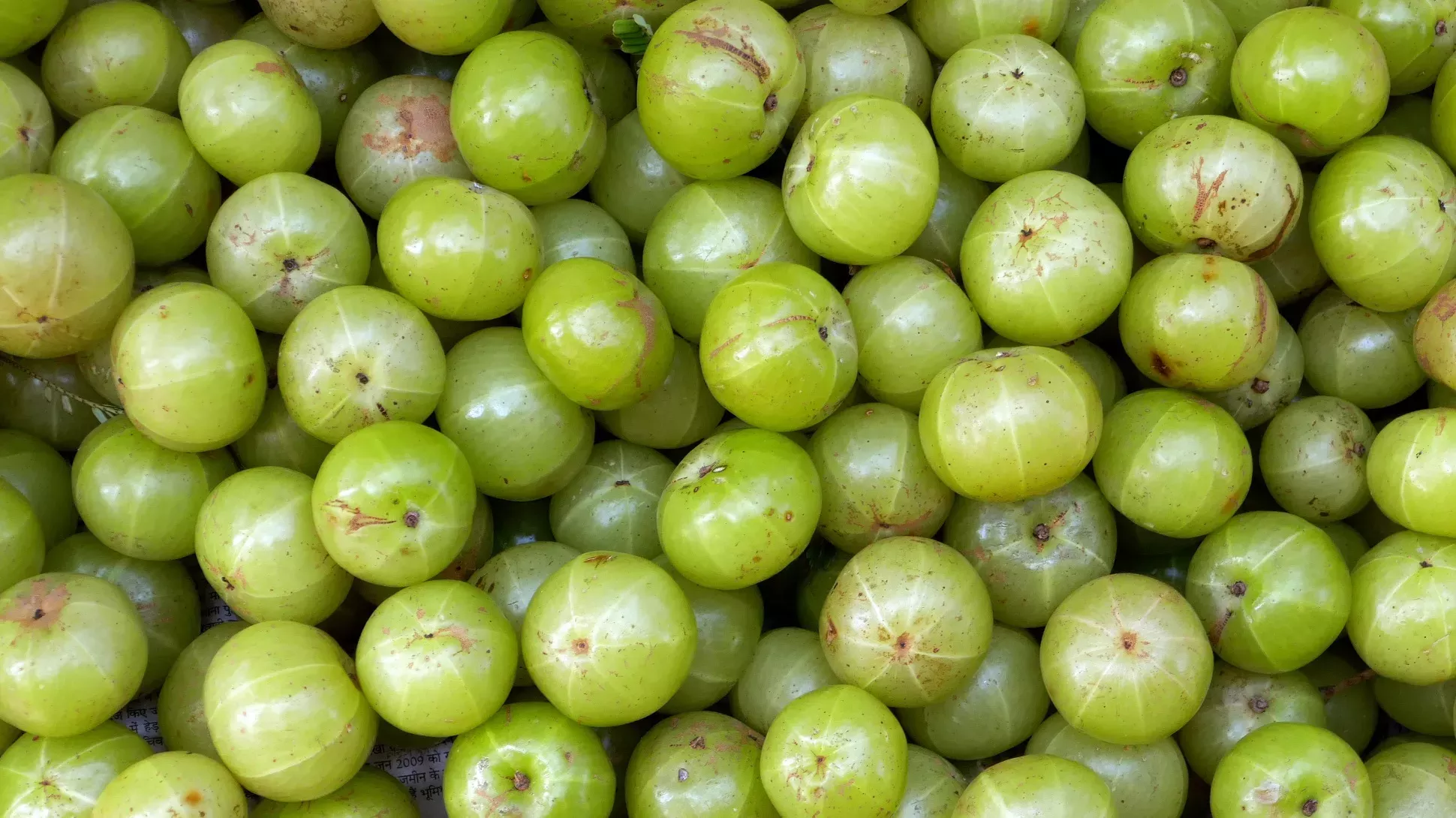Raspberry (Rubus idaeus L. s.l. and other Rubus species): Fruit Features, Varieties, Nutrition and Distribution
The raspberry plant, scientifically named Rubus idaeus for its most common red variety, encompasses several species within the Rosaceae family that yield tasty aggregate fruits. A key trait is that ripe fruits detach easily from their receptacles, leaving behind a hollow core.
Fruit Features
Raspberry fruits are aggregates made up of numerous small drupelets, forming a soft, juicy cluster. When ripe, they detach easily from their receptacles, leaving a hollow core. Their shapes range from conical to hemispherical, varying by species and variety, while colors include red, black, purple, golden, and more. They have soft flesh with sweet-tart flavors and distinctive aromas and contain numerous tiny seeds.

Major Types (Representative Raspberry Species and Varieties)
There is a wide array of raspberry types and cultivated varieties, classified by color, growth habits, and ripening times. These include:
- Red Raspberry (Rubus idaeus): The most common type, with red fruits, moderate sweet-tart flavor, and versatile uses. Includes summer-bearing and fall-bearing varieties.
- Black Raspberry (Rubus occidentalis): Black when ripe, they have a rich, earthy flavor and are often used for jams or juices.
- Golden Raspberry: A yellow variant of the red raspberry, with a similar yet slightly different flavor.
- Purple Raspberry: Usually hybrids between red and black raspberries, producing dark purple fruits with a unique flavor.
- Everbearing/Primocane-fruiting Raspberries: These varieties bear fruit on both primocanes (current year’s canes) and floricanes (previous year’s canes), allowing for multiple harvests annually.
Nutritional Value and Potential Benefits
Raspberries are nutrient-dense, containing high levels of carbohydrates, dietary fiber, vitamins (C, K, folate, B vitamins), and minerals (manganese, potassium). They are strong antioxidants, rich in phytochemicals such as anthocyanins, ellagic acid, and vitamin C, offering anti-inflammatory, anti-cancer, and cardiovascular health benefits, among others.
Distribution and Cultivation
Raspberries grow widely across temperate regions globally, thriving at forest edges, shrublands, and hillsides. Due to their delicious, nutritious fruits, many cultivated varieties are grown in orchards or home gardens, preferring well-drained, organic-rich, sunny soils. They are propagated by root suckers, cuttings, and tissue culture.



